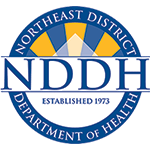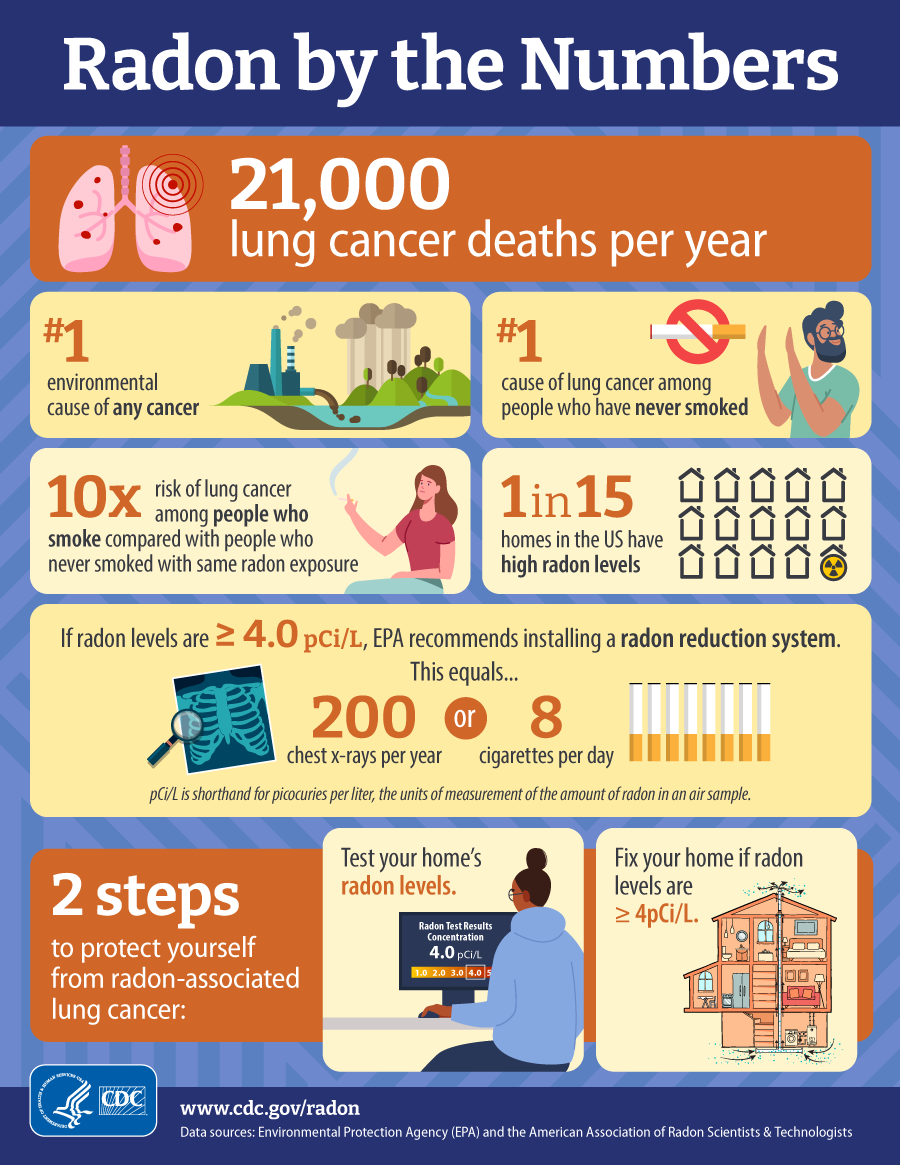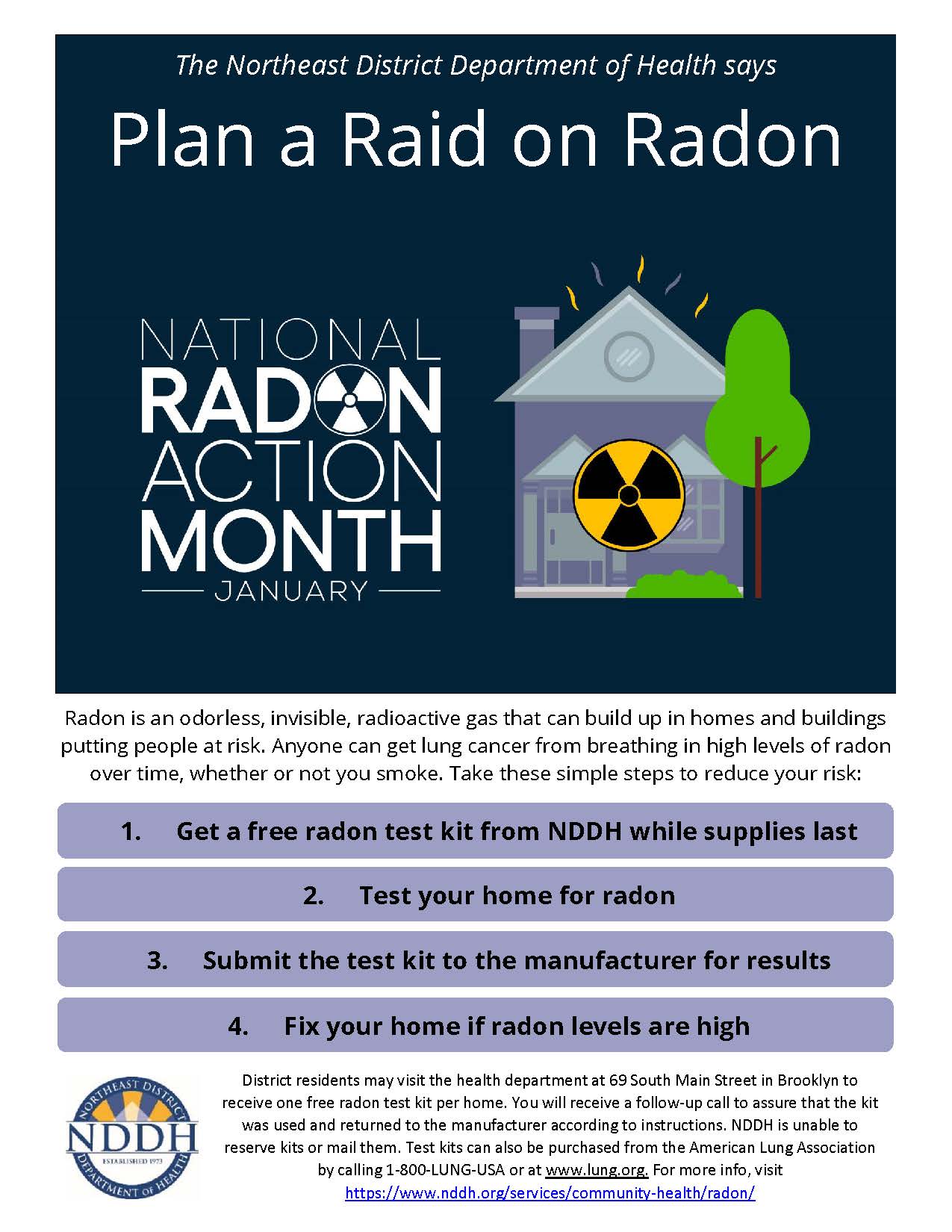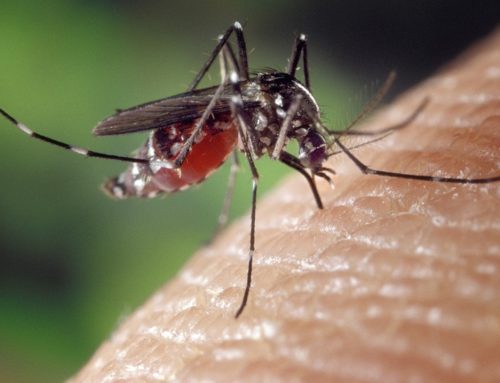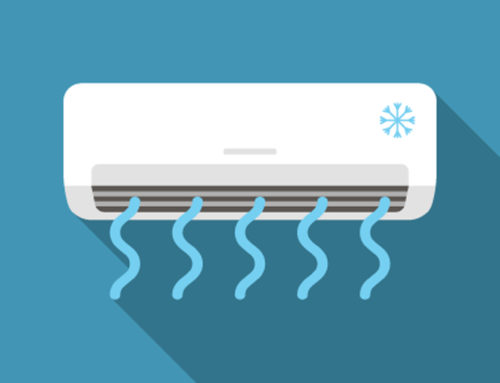Northeast District Department of Health Offers Free Radon Test Kits for National Radon Action Month.
(BROOKLYN) – The Northeast District Department of Health (NDDH) is partnering with the Connecticut Department of Public Health (DPH) to educate residents about the dangers of radon exposure and to encourage them to take action to protect their families and home. “Radon is gas that you can’t see or smell. It comes from the breakdown of rocks, soil, and water and can be in the air inside your home. It doesn’t matter if your house is new or old, or if it has a basement or not, radon can still be present.” says Isaac Combs, NDDH Environmental Health Specialist. “In Connecticut, radon levels can be high in different places, and even houses next to each other may have different levels. The U.S Environmental Protection Agency (EPA) says that around 1 in 15 homes in the U.S. have high levels of radon. Radon is a serious health risk, which can be reduced in several different ways, with the first step being to test your home for this harmful gas. Act now and encourage your friends and family to do the same.”
Radon is the number one cause of lung cancer among non-smokers and the second leading cause of lung cancer after cigarette smoking. Smokers exposed to radon have a much higher risk for developing lung cancer. The EPA and the Surgeon General’s office estimate that radon is responsible for more than 21,000 lung cancer deaths each year in the United States.
It takes many years for lung cancer to develop. Most people do not have symptoms until lung cancer is advanced and harder to treat. The good news is that lung cancer from radon is preventable and simple steps can be taken to reduce the risk of radon exposure.
Ways to keep radon levels low:
- Increase air flow in your house by opening windows and using fans and vents to circulate air. However, natural ventilation in any type of house is only a temporary strategy to reduce radon.
- Seal cracks in floors and walls with plaster, caulk, or other mate-rials designed for this purpose.
- You can cover the earth floor in crawl spaces with a high-density plastic sheet. A vent pipe and fan can be used to blow the radon from under the sheet and vent it to the outdoors.
NDDH is launching our ‘Plan a Raid on Radon’ campaign. We have a limited supply of free radon test kits and educational materials for district residents. Visit the health department at 69 South Main Street in Brooklyn to receive one free radon test kit per home with instructions for use and a radon fact sheet. Participants will receive a follow-up call from Stephanie Hynes, our Community Health Worker, within two weeks to ensure the kit was used and returned to the manufacturer according to instructions for analysis.
Radon levels vary seasonally and tend to be higher in the winter months. The best time to test for radon is between the months of November through March. Windows and outside doors should remain closed as much as possible during radon testing. NDDH is unable to reserve kits or mail them. Test kits can also be purchased from a local hardware store or the American Lung Association by calling 1-800-LUNG-USA or by visiting www.lung.org.
The EPA recommends that homes with radon levels at or above 4.0 picocuries per liter (pCi/L) be fixed. Homeowners should consider reducing their potential lung cancer risk by fixing homes with radon levels between 2 pCi/L and 4 pCi/L. Radon levels can be reduced by hiring certified radon mitigation professionals who can install ventilation systems, soil depressurization systems, and seal entry routes for radon gas in existing homes. New homes are built with radon-resistant features. To learn more about radon and to obtain a list of radon mitigation contractors, visit the DPH Radon Program website at www.ct.gov/radon.
Additional resources:
NDDH: https://www.nddh.org/services/community-health/radon/
EPA: https://www.epa.gov/radon
CDC: https://www.cdc.gov/radon/index.html
###
